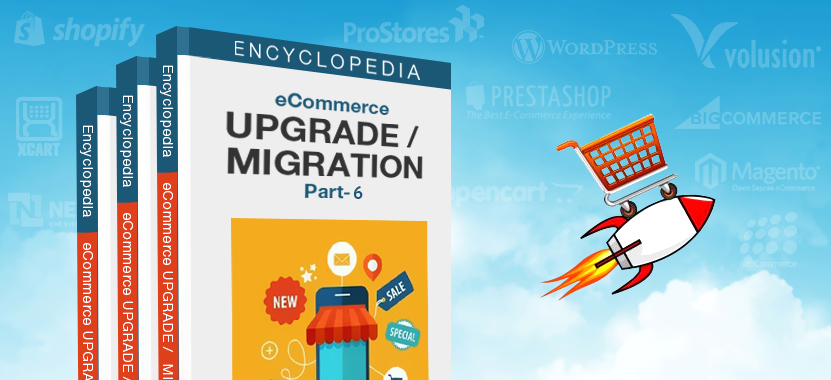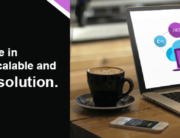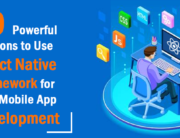Encyclopedia of eCommerce Upgrade / Migration: Part 6
Image Reconfiguration and Migration
Introduction
Since the customer cannot physically see or feel the product, images become an eCommerce store’s most important tool. High quality and visually comprehensible images are an integral component of any eCommerce store and hence their migration should be heeded to with extreme care and precision. Image migration to a new eCommerce platform requires the same analysis and evaluation as do other components like product data or shipping.
Let’s take a look at how the whole process should go about with regards to the images.
Evaluation of Images and their Type

Each platform has its difference in the way it displays images. Many times the formats of the images supported differ too. Apart from the platform specifications, when you’re migrating to a new platform, you most probably will also have a completely new design for your store. This also creates differences in your website displaying images in a way, unlike your previous site. All these factors collectively demand alterations in the older images for them to be compatible and suitable for the new store. This is exactly what makes the process of migrating your images to the new platform a little more complicated than it seems.
Your first step is to evaluate each type of image your store contains. These usually include the following:
- Product Images
- Thumbnails Images
- Homepage Banner Images
- Product Category Images
- Logos (Website and product brands)
- Customer Profile Images (for sites with memberships or subscriptions)
- Header and Footer Images
- Marketing and Promotion Images (pop up banners, sales banners, coupon images)
To evaluate these, you will first have to categorize all of your images into the above mentioned categories. You will then have to analyze how each category of these images will be displayed on the new platform. This means you will be evaluating the size, the format, the picture quality and the color contrast with respect to the new website design that fit the new platform’s requirement. If these are ignored your images could be distorted or not visible in your new site at all which will ultimately force you back to this step.
Once you have a detailed idea of all the compatibility requirements, you can then move to edit your images or even create new ones if you’d prefer for your new store.
Editing these images might require some professional help as it is not that easy a task. If you’re fortunate enough, the touch ups required might not be too complex and hence you can batch edit these images according to their categories and move to migrating them. However, most of the times, the touch ups required are a little more complex than initially anticipated. This requires your designer to edit all the images individually or in very small batches if possible. This could be quite a strenuous and time consuming task if the designers are not well experienced. So make sure to have the right team to support you in this.
Migration of Images

Once you have all your images categorized and edited, migrating them is a relatively easy task. This can be done in the following two ways:
1. Manual Transfer: If done correctly, this is is the easiest migration procedure. In such a migration, all you have to do is to copy all the media files from the media folder of your previous platform and paste it in the media folder of the new platform. However, make sure that the file names match the path of the new platform’s categories and product placement. This will allow the new platform to appropriately read the file and place the images where they are supposed to be. If not done correctly, they might not be displayed at all due to errors.
2. APIs: Another way of transferring your edited images is with the help of custom APIs. APIs are also an easy method of migration but require the developers to have a deep understanding and a lot of experience to create an API. With the API, all the image data is extracted from the previous platform and placed wherever they’re supposed to be in the new platform. The image URLs created by the API match the new platform’s URL structure too.
With the images migrated, you can take a look at your store and manually check it to ensure that all the images are placed in the right places. Also, make sure to critically analyze the image quality on the new store to ensure that images are up to mark. Once you’re done with the images, you can move on to the next step.







Leave A Comment